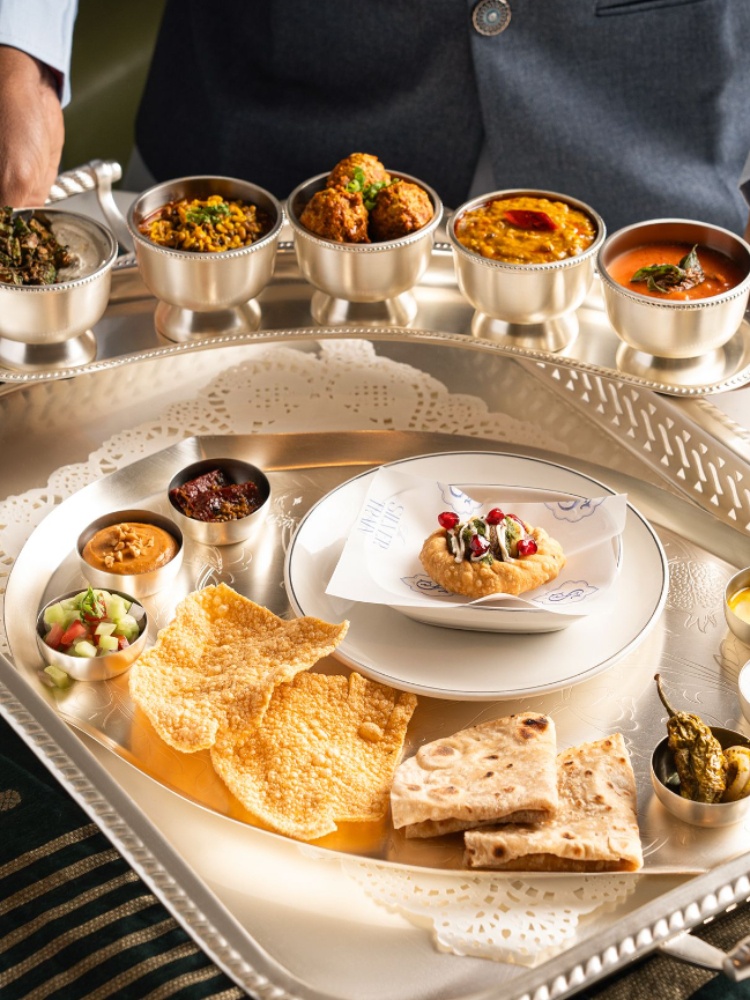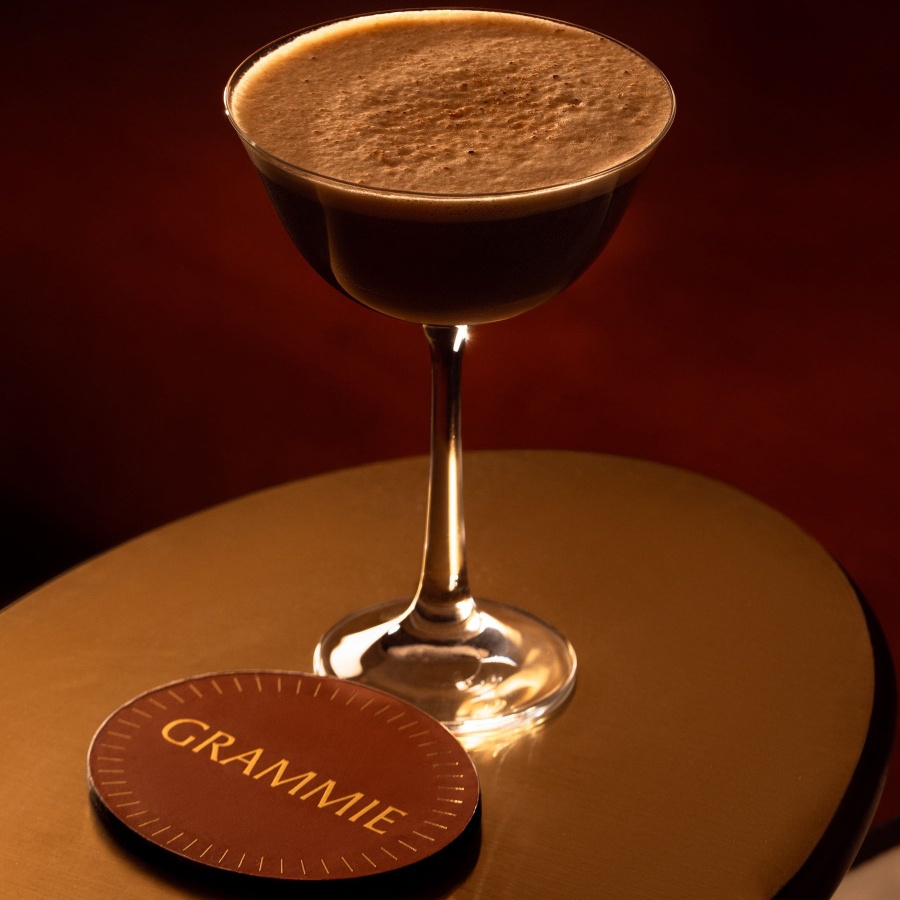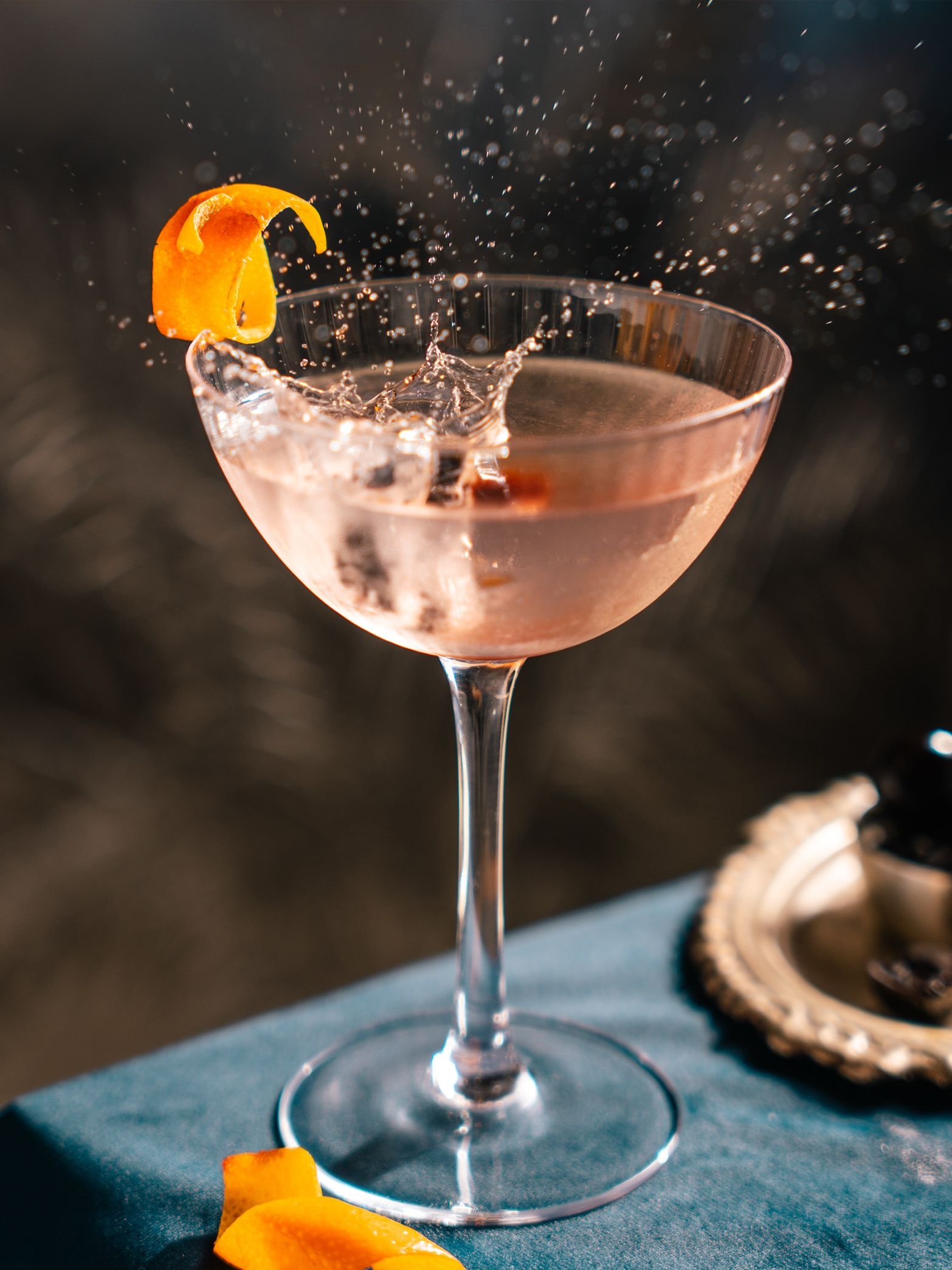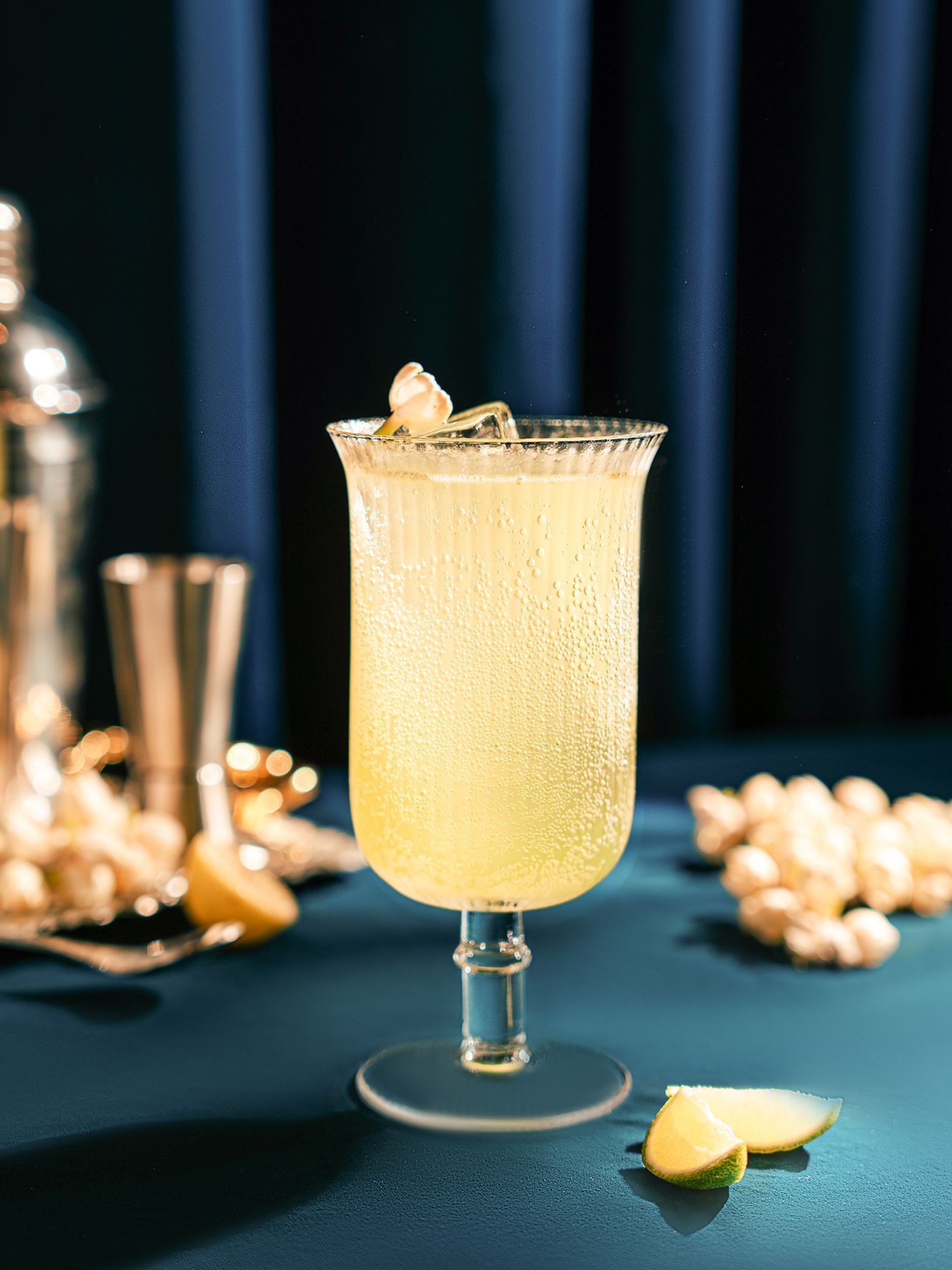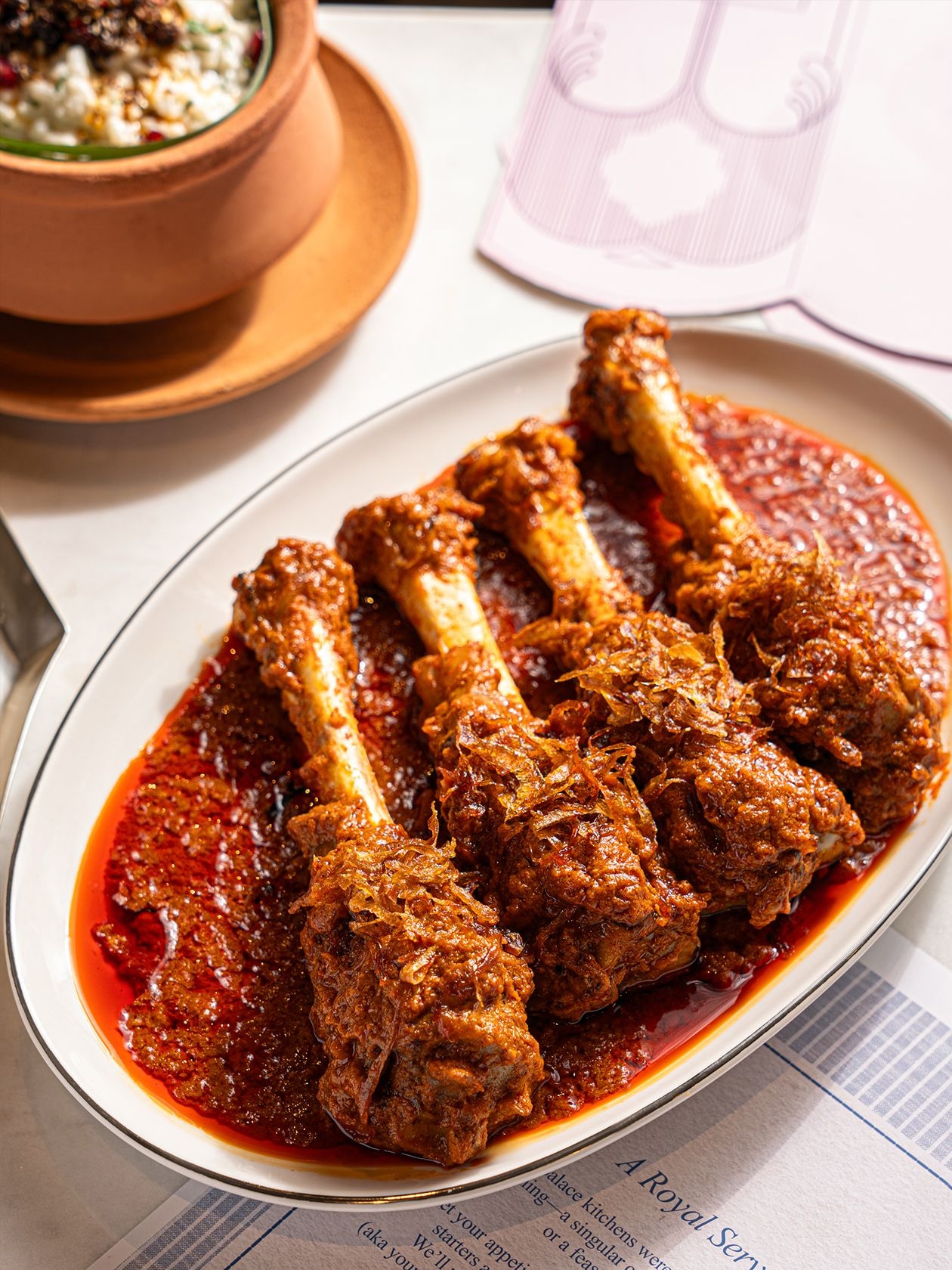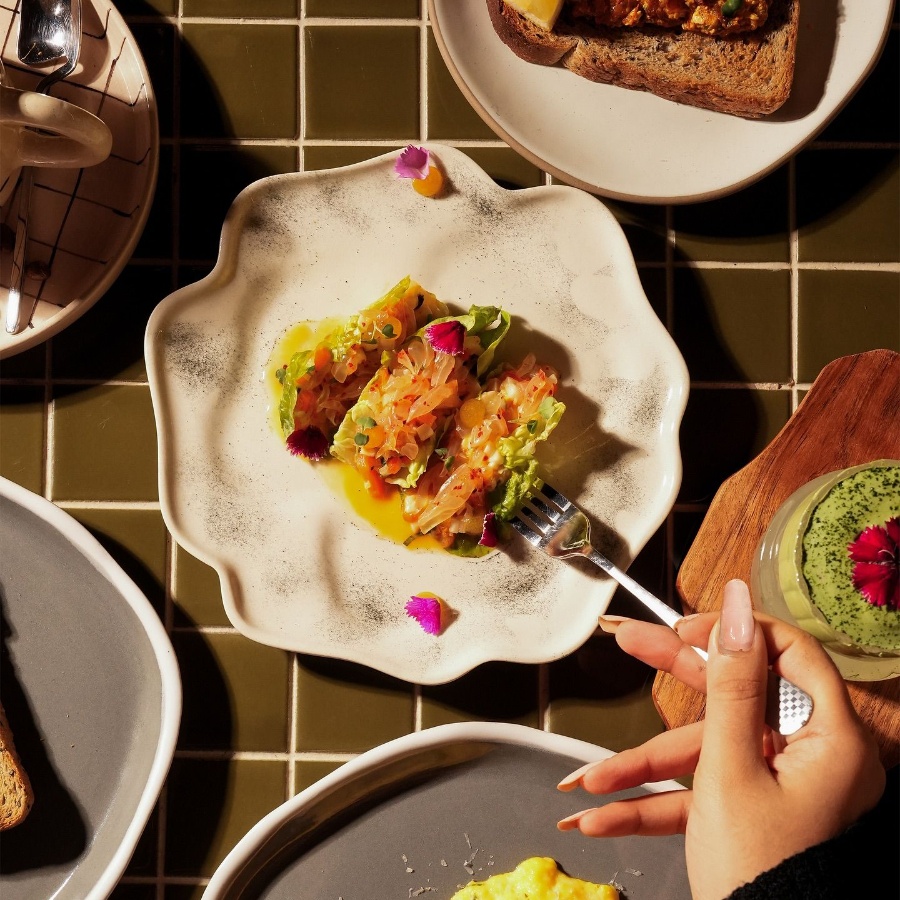Imagine going to a restaurant and asking to be served a quarter or half of the usual portion. No, not the classic ‘soup, one by two’ that we’ve pulled at Chinese joints for decades. And not the smidgen you are served in the name of main course at ultra-fine dining spaces. Think smaller. And most importantly, think of ordering just that one piece, just for yourself.
We are talking about demanding a single Banganapalle chicken wing with the bite of green chillies and the brightness of green mangoes because you want to try it and no one else on the table wants in. Picture a light solo workday lunch where you can have two pieces of Rajasthani jungli maas chaap, one piece of Pudukottai fish fry, and two leaf-wrapped morsels of Bengali chanar paturi without the server side-eyeing you over the oddness of your preposterous platter. Imagine being the sole vegetarian in a large carnivorous squad (or vice versa), and being able to order five dishes for yourself, zero leftovers in sight. This way of eating, and its indulgently personalised plates portioned by appetite, goes back centuries and finds its origins in courtly dining. As the menu at The Silver Train says, ‘palace kitchens were always prepared for anything’. Why would a queen ask a khansama to make one single piece of her favourite dahi kebab for her? Because, as Jodhabai likely did, she could.
Located in Lower Parel, Mumbai, The Silver Train is a new-ish restaurant that finds its muses in the whims of kings. Its menu roams through historic royal kitchens across India. It serves a jadi-booti negroni (scented with vetiver and betel leaf), offers zero-ABV drinks that meander through jamun- and chikoo-heavy royal orchards, and has a sharbat called Chameli Bagh that sounds like it should come with a courtesan. While doing all of this, it allows guests to lean into the fantasy that they are capricious maharajas and maharanis themselves. Anyone here can say “bring me ek Arcot jheenga and do Moscato wine” and receive a calm “ji hukum”.
And while guests are allowed to be fickle, the food is grounded in years of solid reading and nerdery. “I had been working on The Silver Train (TST) deck for almost a decade,” shares Anuradha Joshi Medhora, the chef at TST. Most of us know her as the research-obsessed founder of Charoli Foods. “The idea really started with the thali. I wanted to bring back that sense of abundance, whimsy, and discovery but in a way that feels lighter and more modern. So, The Silver Train was imagined as a thali that keeps evolving. Every dish comes as a tiny, single-serve portion so guests can keep adding to their main silver thali, tasting their way through heirloom recipes and royal favourites, one katori at a time.”
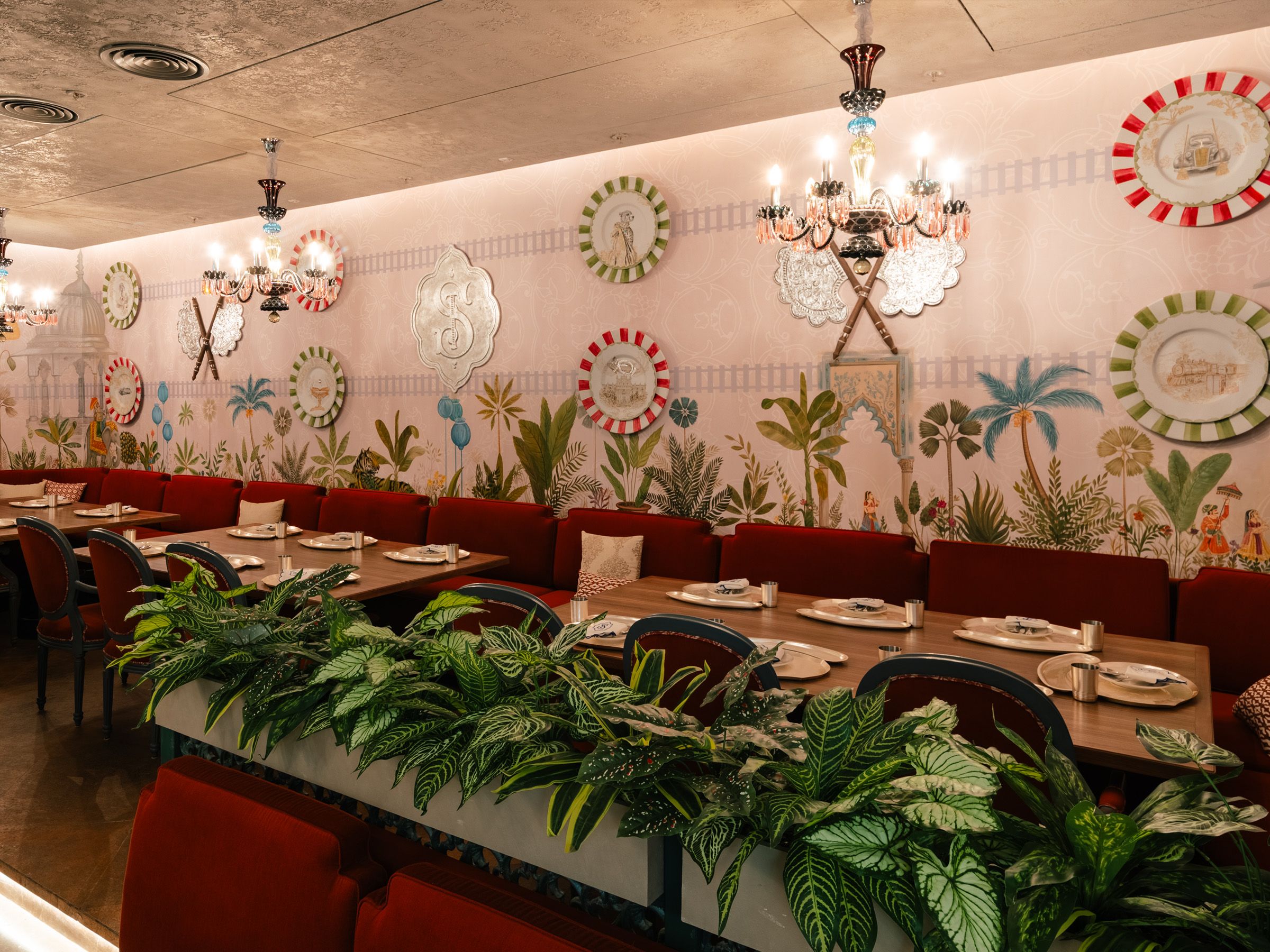
Indeed, TST is a gleaming, daily-changing thing of wonder and beauty. A rotating cast of snacks, vegetable dishes, dals and raita in wee silver bowls are bookended with tamarind water, pickles, chutneys, and jaggery and white butter. The tablespoon of shrikhand follows Joshi Medhora’s grandfather’s beloved recipe. On the platter is an empty plate full of possibility. Guests can fill it with any main dish off the a la carte menu for a supplemental charge. It’s kind of a culinary choose-your-own-adventure but with proper plating.
The a la carte menu, meanwhile, is a rollicking romp through regal repasts. One page maps 26 historical palace kitchens of India, many of which inspired TST’s menu. Another one tells of a king who wagered his treasured khansama on a gambling table and tragically lost. A note further down reminds us how food shapeshifts through time and space: ‘every recipe on this menu was once a passing craving, a private ritual, or a curious demand’. Joshi Medhora’s menu is also edible proof that everyday regal food was not nap-inducing. As she points out, the royals had duties too.
The restaurant takes its name from an extravagant dinner party flex. In 1906, the locomotive-loving Maharaja Madho Rao Scindia of Gwalior commissioned a very luxurious Lazy Susan indeed. It was a train cast in pure silver—engine, bogies, electric power, all of it—to wind around his dinner table delivering wine, liqueur, and cigars to his guests. Think conveyor-belt sushi made ultra luxe, and loaded.
On the far wall at TST hang eight painted plates, each with similar wild episodes. The one featuring dogs is called ‘Roshnara weds Bobby’. It evokes Junagadh’s grandest royal wedding, where the king spent two crores, declared a state holiday, and even sent an invitation to the viceroy of India. There was a silver palanquin for the bedecked bride, and 25 groomsmen. The happy couple? The Nawab’s beloved canines.
